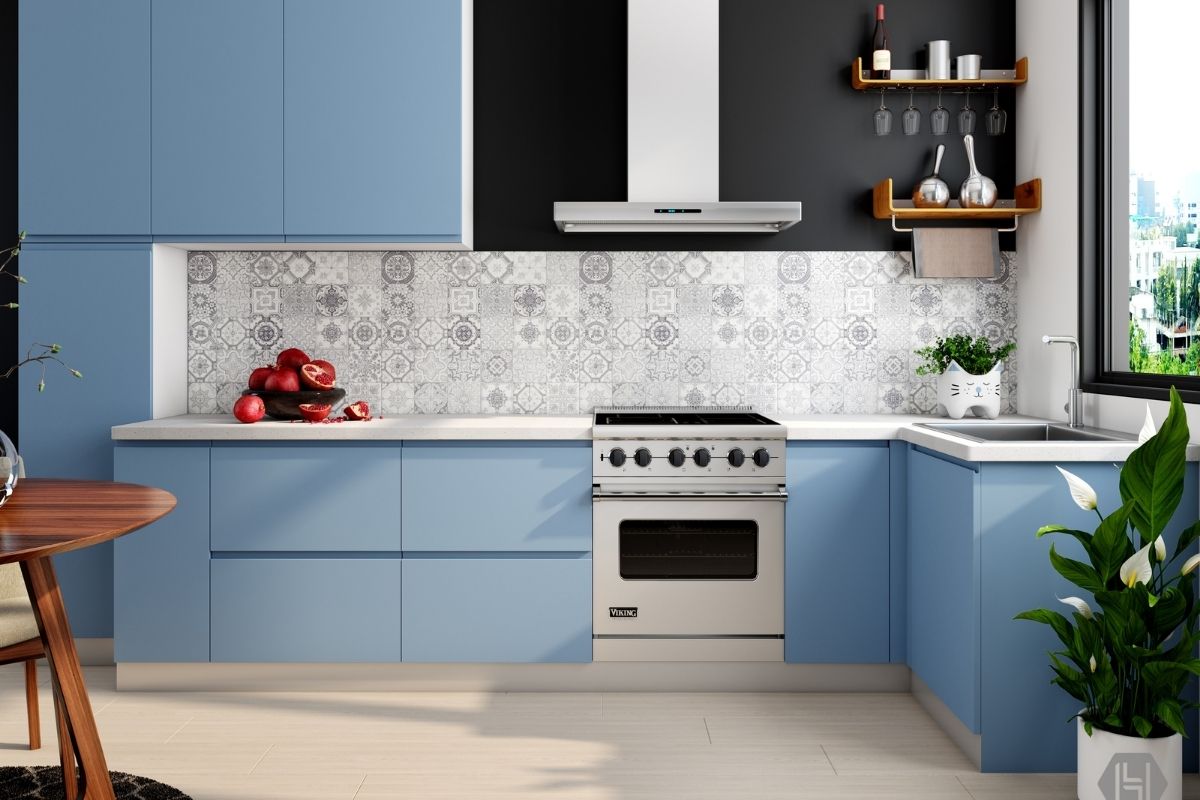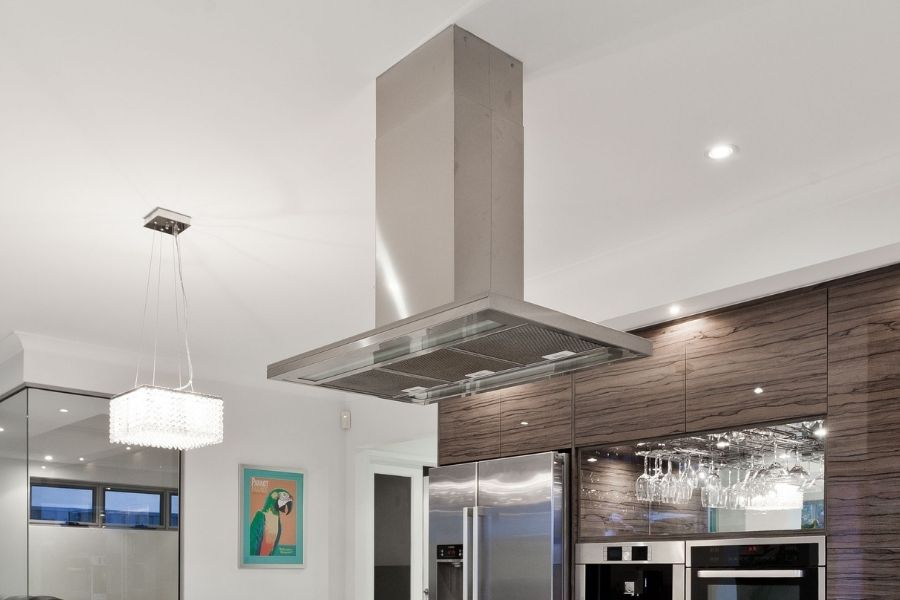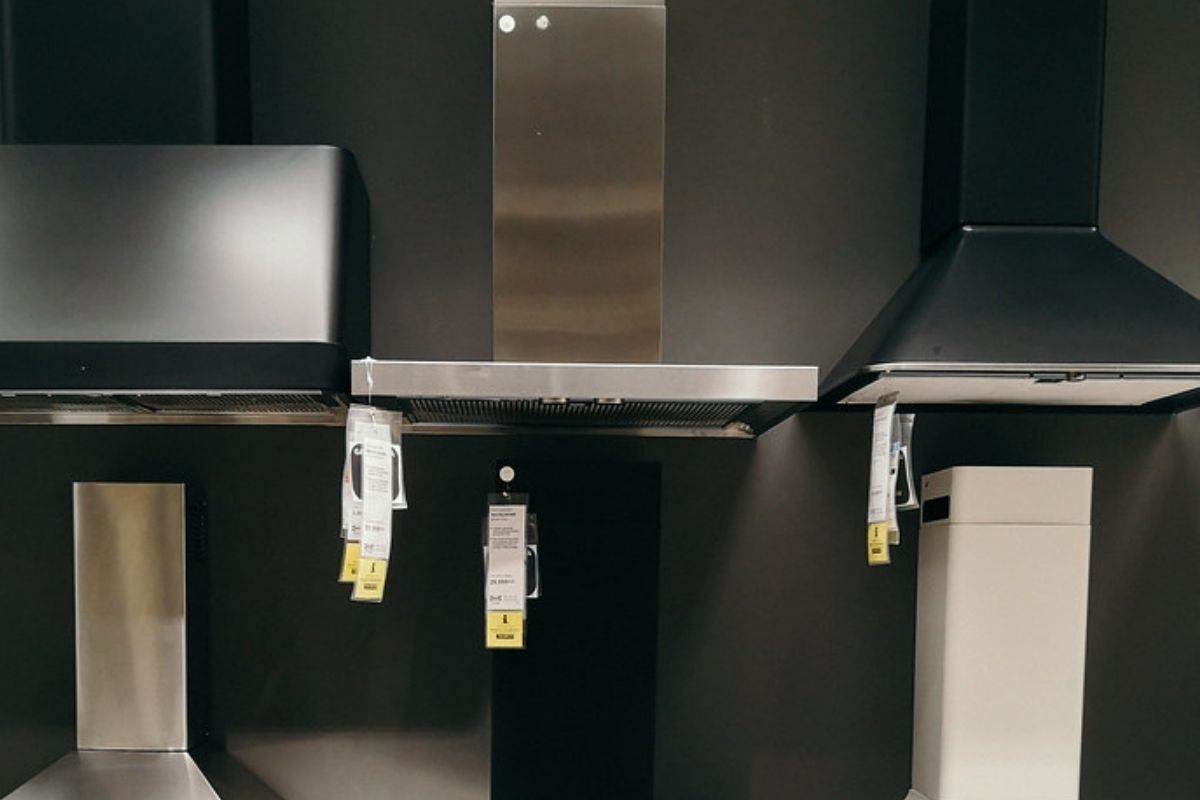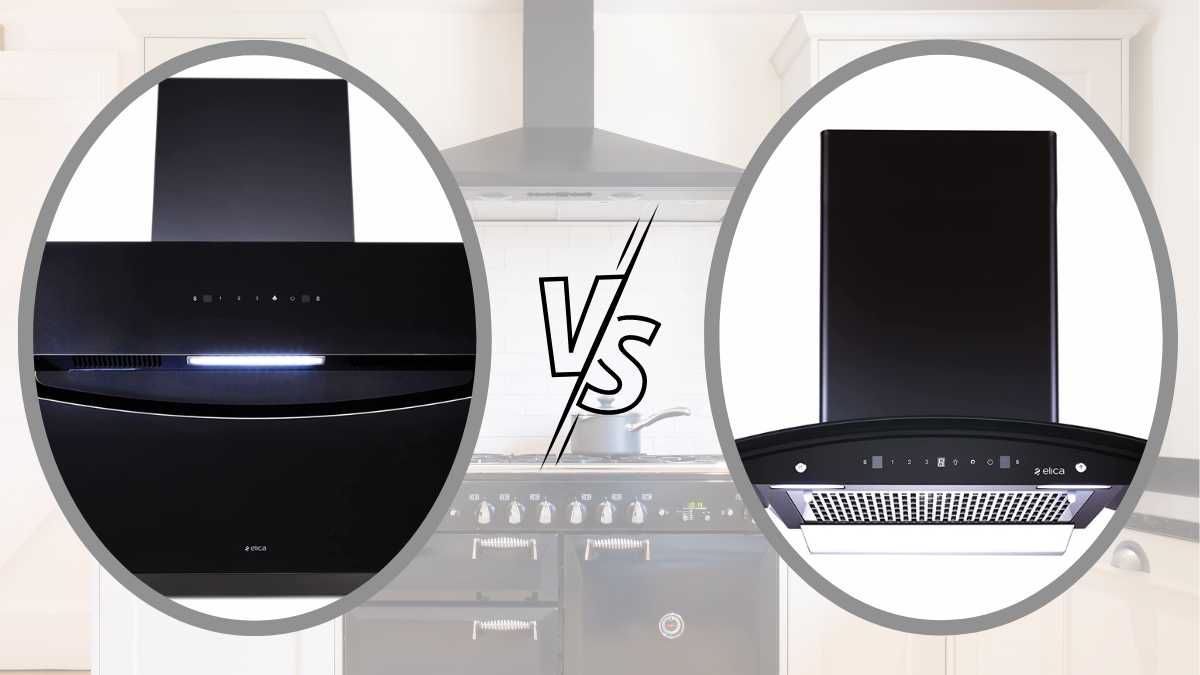
Having an efficient kitchen chimney is quite important in this modern era. But with the rising variant in the same category can make the selection process quite difficult. As far as choosing the perfect chimney for your kitchen is concerned, the difference between ductless and ducted chimneys is not just a choice but also a conscious decision. Through our research, we found that homeowners in India are often confronted with the kitchen duct vs ductless chimney conundrum, with both options having their pros and cons. The traditional duct chimney that works through an extensive venting system is the total opposite of the modern ductless models that operate via advanced filtration processes. Thus, knowing the cooking habits and the kitchen layouts commonly found in Indian homes is crucial to determining the difference between the duct and the ductless chimneys for effective kitchen ventilation. Here we will discuss the subtle details that inform the duct vs ductless chimney decision, providing you with information regarding which system is more appropriate for your culinary retreat.
Kitchen Duct vs Ductless Chimney
As far as installing the right chimney for a kitchen is concerned, homeowners often get stuck in the battle between duct and ductless systems. Each of the options described above carries its unique characteristics and consequences for the air quality and the cooking process, especially in Indian homes where the kitchen is a centre of powerful flavours and also frequent use of spices and oils.
What Distinguishes Duct from Ductless?
The core difference is in the air redirection process. A ducted chimney generally uses a duct system that directs the smoke, fumes, and also grease particles out of the home. On the other hand, a ductless model employs sophisticated filters that purify the air before blowing it back into the kitchen environment. The decision between chimney vs ducted or ductless changes not only the kitchen design issues but also the way the cooking discharges are dispersed.
How Air Quality is Affected by Each Type
It is greatly affected by the type of chimney that is used in one’s kitchen, whether it is ducted or ductless. The air quality advantage of a duct chimney is that it allows for the quick removal of contaminants to the outdoors. Contrastingly, the ductless variant’s dependence on filters, such as carbon and grease filters, requires a strict regimen of maintenance to operate effectively, which impacts the purity of the air in the long run.
The Comparison of Indian Cooking Habits
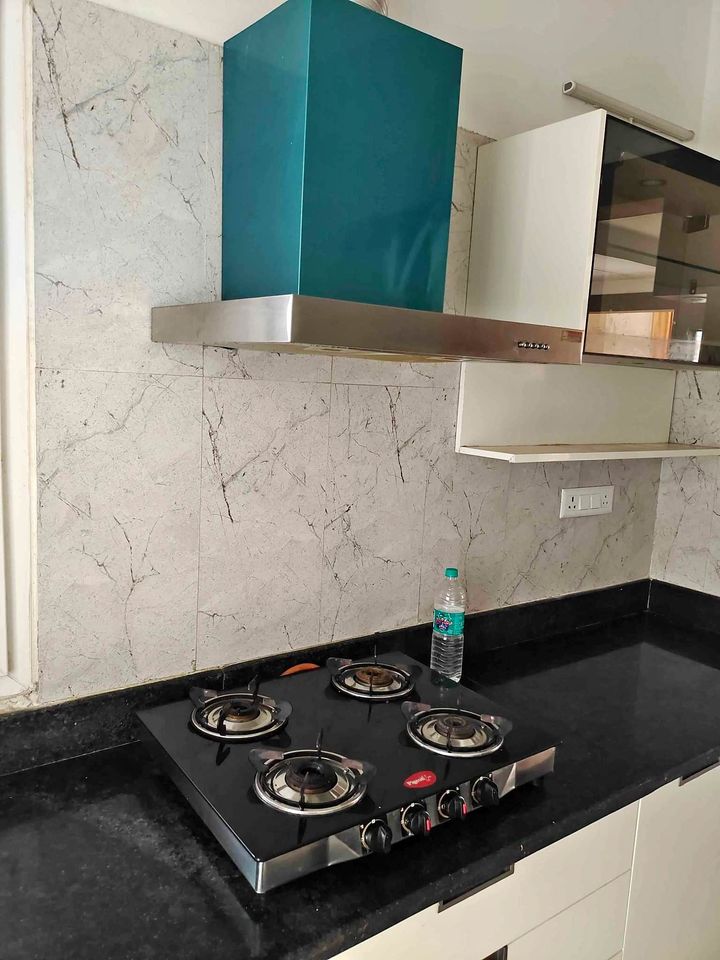
In such Indian kitchens with their usually intensive cooking habit, a close comparison is necessary. Oil and powerful spices can cause a major accumulation in the filtration system of a ductless chimney, as a duct system transfers the odours and grease out of the kitchen. Below is a comparative table:
| Feature | Ducted Chimney | Ductless Chimney |
| Installation Complexity | Requires setup of ductwork | More straightforward, minimal structural alteration |
| Maintenance | General cleaning, possibly less frequent | Potentially more energy is used due to duct system |
| Effectiveness for Indian Cooking | Highly effective at odour and smoke removal | Less effective, reliant on filter quality and maintenance |
| Air Quality Impact | Better long-term air purity outdoors | Good initially but can degrade if filters are not maintained |
| Energy Efficiency | Potentially more energy used due to duct system | Generally uses less energy |
Selecting a duct chimney and its ducted counterpart depends on a compromise between the rigours of maintenance vs the efficiency of the smoke and odour removal. For those who enjoy the rich and varied flavour of Indian cooking, understanding these facets of both duct and ductless systems becomes very critical in choosing the right option.
The Benefits and the Drawbacks of Ducted Kitchen Chimneys
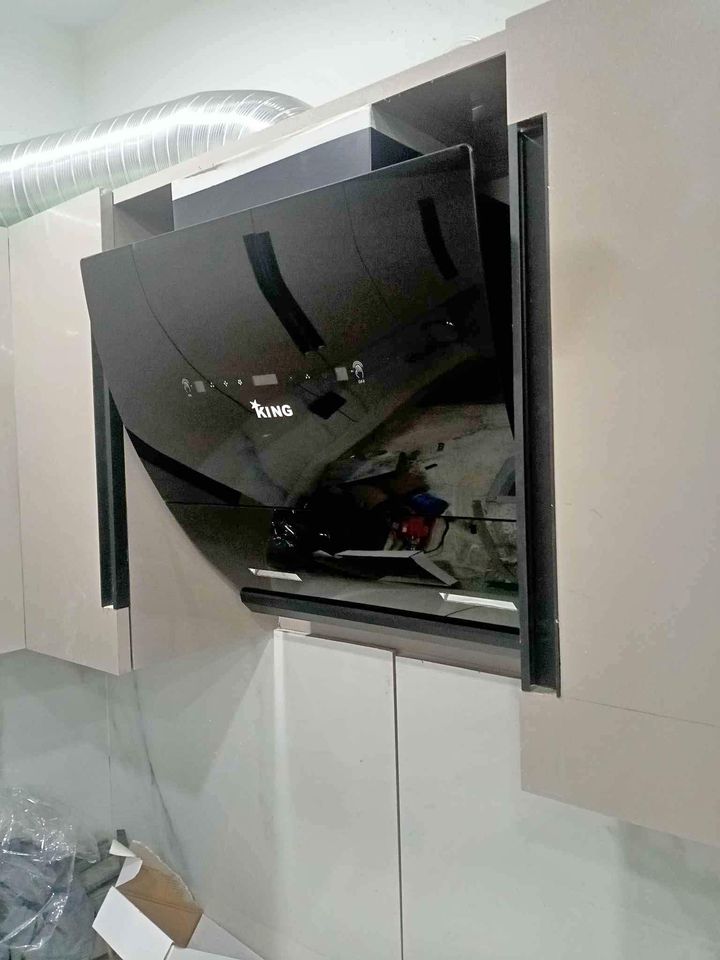
The choice of the ideal kitchen chimney for your home is not just about the aesthetics. A chimney is an essential element in Indian kitchens, where the hot air and also pungent odours are released regularly, due to the nature of the cuisine. In this regard, we discuss the importance of ducted kitchen chimneys, which are very critical in maintaining a comfortable kitchen environment amidst the many obvious challenges that come along with them.
Advantages: Effective Smoke and Odour Removal
It is clear that ducted kitchen chimneys remove plenty of smoke, heat, and also strong smells, an essential characteristic of Indian cooking. The utilization of high-powered suction to get rid of the hot air and odours makes them a very suitable choice for the home where cooking is a daily and intricate activity. The strength of their extraction abilities makes them very popular because they guarantee smoke-free kitchens, which not only protect the health of the inhabitants but also preserve the cleanliness of the space.
Limitations: Ductwork Installation and Maintenance
With the advantages mentioned above, however, the problems of duct installation and the maintenance of ductwork need to be taken into consideration. Complications appear especially in the case of apartments or old houses that do not have pre-installed ducts. The ductwork installation process can be quite very intrusive and often requires major structural modifications that may not always be practical or affordable. Homeowners also have to take note of the maintenance, which involves the periodic cleaning of the ducts to prevent grease and particulate matter build-up that may eventually interfere with the functionality.
For a visual representation, the table below contrasts these aspects:
| Aspect | Advantages | Limitations |
| Smoke and Odour Removal | Highly effective in extracting smoke, reduces indoor air pollution | Depends on regular maintenance to maintain effectiveness |
| Installation | Once installed, provides a seamless smoke extraction process | Can be complex, requiring structural alterations |
| Maintenance | Regular cleaning ensures longevity and sustained performance | Duct cleaning can be cumbersome, sometimes requiring professional help |
Finally, the combination of these factors and personal circumstances will help homeowners determine whether it is worth investing in a chimney in their own kitchens.
Investigating the Capabilities of the Ductless Kitchen Chimneys
Ductless kitchen chimneys are a perfectly adequate answer to the spatial restrictions and also architectural limitations of modern urban homes in the development of kitchen appliances. These devices serve as a symbol of innovation, allowing homes to keep their air quality without the need for major reconstruction.
How Charcoal Filters Contribute to Clean Air Recirculation
Ductless kitchen chimneys rely on the efficiency of charcoal filters, which are very essential elements for the adsorption of odours and also grease particles. These active carbon layers are designed to chemically remove the impurities and effectively recirculate the air, making it much cleaner. Since such units come without a duct, they provide a recirculation-based ventilation option, where the filtered air is recirculated in the kitchen rather than being vented outside.
The process is as follows: The smoke, full of by-products of cooking, is sucked into the chimney, where it first passes through a grease filter. After that, this air passes through the charcoal filter that absorbs the odour particles and other harmful ingredients. After filtration, the air is returned to the kitchen and is significantly purified of its pollutants.
Taking into account the Installation Flexibility in the Small Kitchens
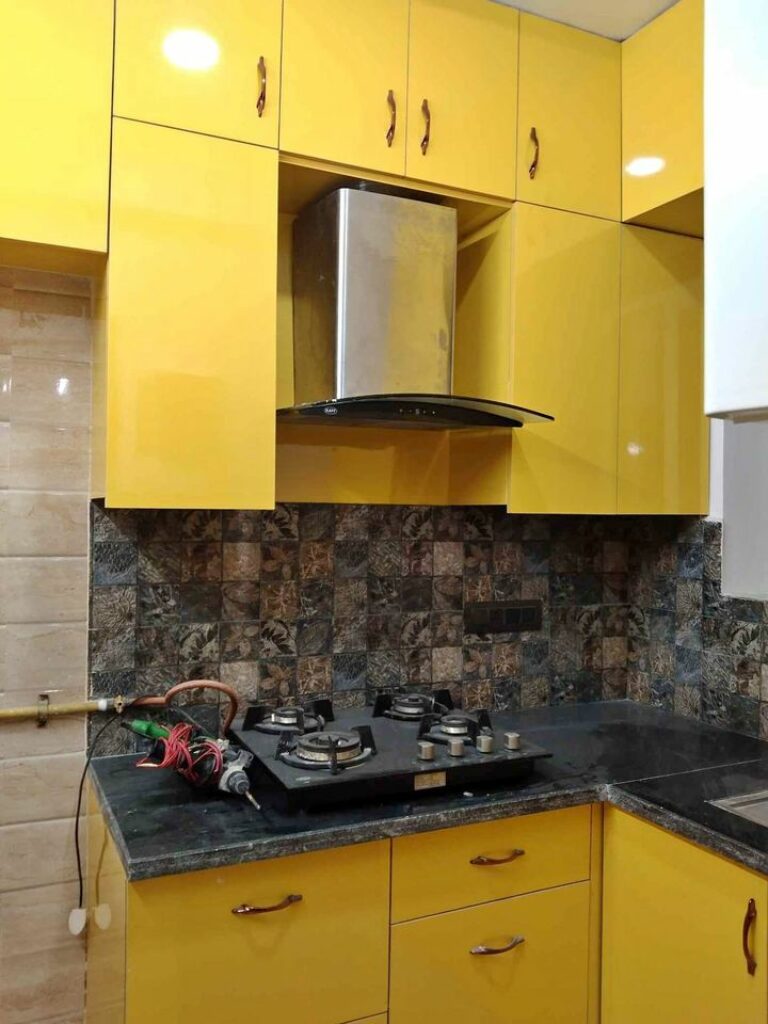
In the case of a ductless chimney installation, the lack of a duct system makes the situation much simpler. This means that the appliance is very portable and can be installed anywhere in the kitchen and hence is a perfect addition to the Indian home, which may not have enough space to accommodate the traditional ducted type. Whether it is a small cooking area or an apartment on the upper stories of a skyscraper where running ductwork is unsuitable or impossible, ductless chimneys adapt without a fuss.
One of the key considerations is not only the ability to fit ductless chimneys in small spaces but also the simple installation process. The removal of outside venting minimizes the architectural interventions, making these chimneys a very desirable option for renters and also homeowners who want immediate enhanced air quality with minimal alterations.
Key Differences between Ducted and Ductless Chimneys
When choosing a kitchen chimney in India, the decision between duct and ductless becomes very vital since each option offers its unique functionalities and also visual influences. Being aware of these distinctions, homeowners can make a selection that fits well their cooking habits and also aesthetic preferences. It is time to get into the nitty-gritty of the filtration techniques, air removal, sound generation, and also the visual impact of both ducted and ductless chimneys—key elements in the consumer decision-making process.
Analyzing the Differences in Filtration and Expelling the Air
One of the basic distinctions between ducted and ductless systems is their way of filtering and expelling the air. The ducted range hood removes the smoke, heat, and also grease by venting it outside; therefore, an exit path should be provided through the ductwork. Instead, ductless counterparts employ charcoal filters for capturing the particulates and also odours, recirculating the cleaned air back into the kitchen. This re-circulative approach is very efficient but it can be less efficient about the long-term filtration performance when compared to the direct expulsion achieved by the ducted systems.
Pros and Cons: Noise Levels and Aesthetic Impacts
Considering the performance implications, it is necessary to emphasize the practical impacts that these chimneys have on the everyday kitchen experiences. These sound levels can be quite different; usually, ducted chimneys are considered to be quieter because the air is expelled outside. Ductless types can produce a greater noise as they recycle the air in the kitchen. Aesthetically, the decision to use a chimney depends on one’s personal preference, but ductless solutions are often chosen for their convenience and ease of installation, especially in kitchens where ductwork is inconvenient or undesirable.
| Feature | Ducted Chimney | Ductless Chimney |
| Filtration Method | Direct expulsion via ducts | Recirculation with charcoal filters |
| Air Expulsion | Outside the building | Back into the kitchen |
| Noise Level | Generally lower | Can be higher due to internal circulation |
| Aesthetic Flexibility | Depends on pre-existing ductwork | Suitable for various kitchen layouts with minimal installation restrictions |
| Installation | Requires ductwork | This can be higher due to internal circulation |
| Maintenance | Periodic duct cleaning | Regular filter replacement |
However, the difference between duct and ductless options is a lot more than just a matter of functionality; it influences the whole kitchen atmosphere in terms of maintenance, ease of use, and also aesthetic considerations. Some may find the saving efficiency of a ducted system to be more attractive than the aesthetic flexibility of the ductless systems, while for others, the opposite will also be true. Balancing all these factors with individual needs and kitchen conditions is very necessary to make an informed decision that improves one’s kitchen space.
Choosing the Right Chimney for Your Kitchen’s Ambiance
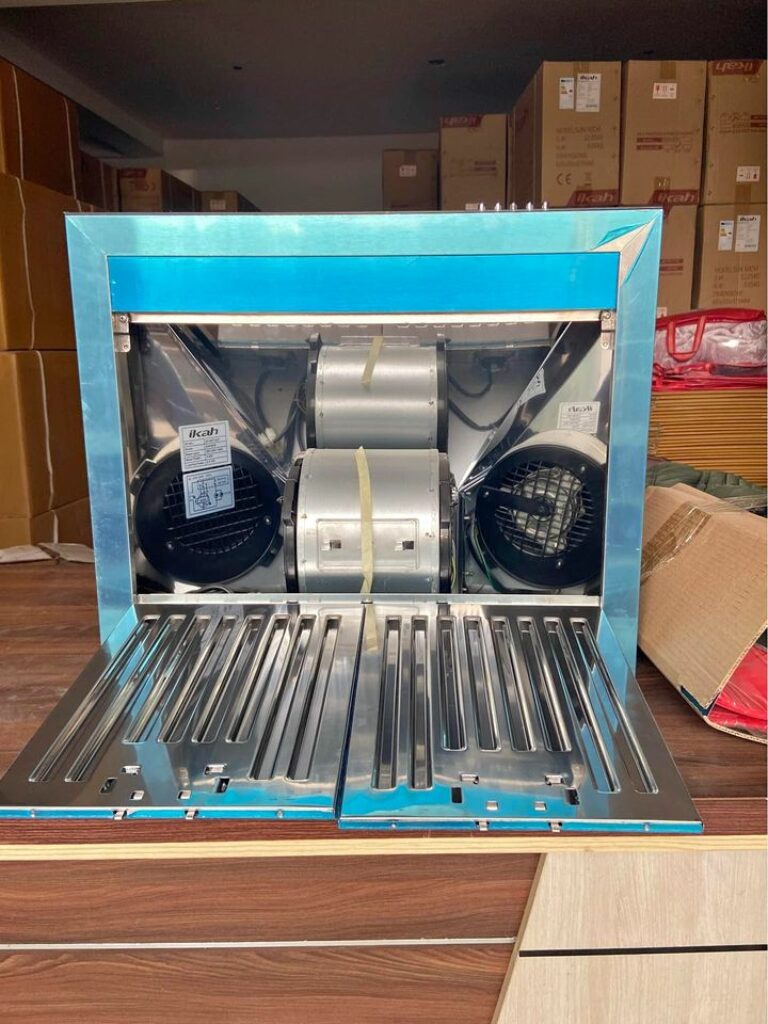
Chimney selection for the kitchen is a very important choice that significantly affects your everyday cooking life and also the ambience of your home. In choosing between a ducted and a ductless chimney, it is important to take into account the specificities of your kitchen environment and also your culinary practices. In this part, we will discuss the different factors that determine if you should choose a ductless chimney or stick to the conventional ducted option.
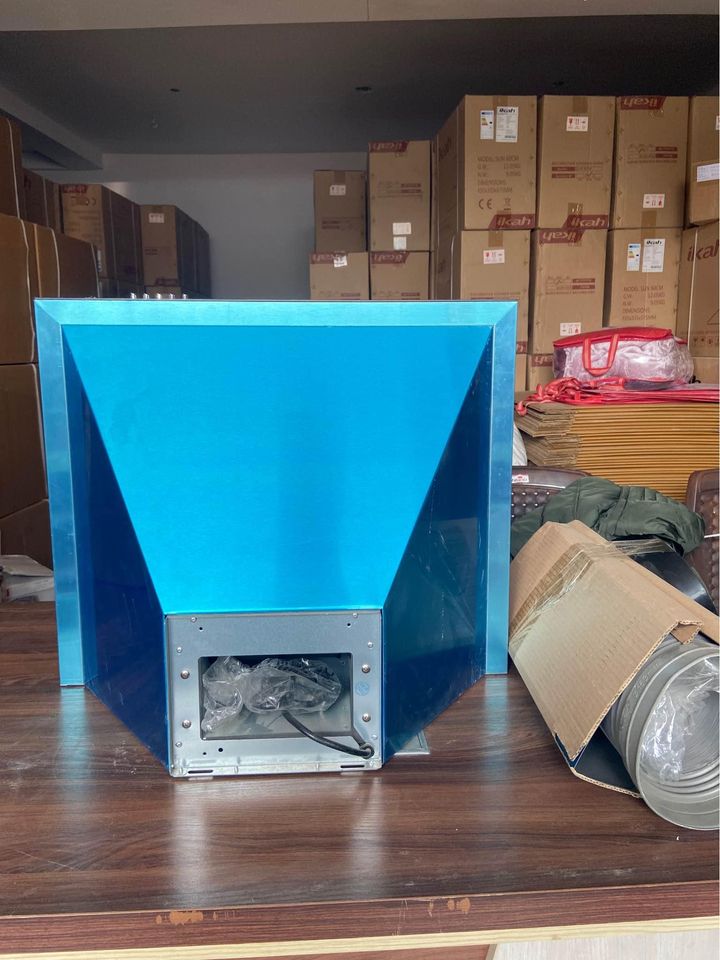
Kitchen Size and Cooking Considerations
The dimensions and arrangement of the kitchen are the main factors that determine the best chimney type. The ducted chimney usually needs a lot more space to accommodate the ducting, which makes it a very suitable option for larger kitchens. On the other hand, the lack of external ducting and the compact profile of a ductless chimney make it ideal for smaller, space-restricted areas. Secondly, the level of your cooking rituals—whether you follow light and intermittent cooking or heavy and constant one—will also contribute to the choice you make, as the capabilities of your chimney to extract and filter are linked to these practices.
Balance Between Aesthetics and Functionality
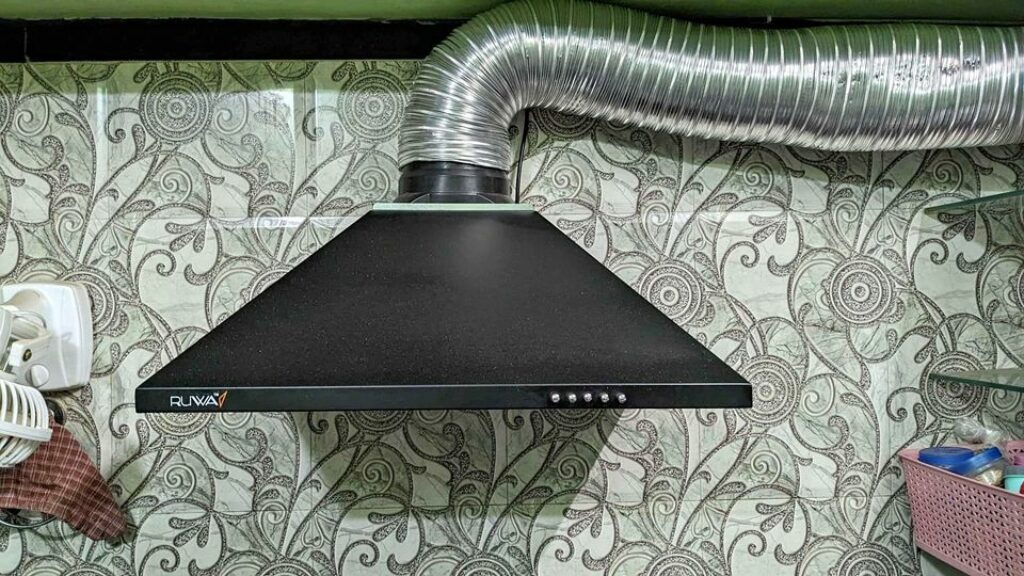
Functional appliances should not be detracted from the aesthetics of your kitchen. The choice between a ducted or a ductless model does not stop at functionality alone but also extends to creating a connection between the appliance and the ambience and décor of your kitchen. Although the ductless chimneys are sleek and modern and easily go well with modern kitchens, the ducted ones have a variety of designs that can also be customized to suit different interior design options. The combination of aesthetics and functionality is the basis for creating a very harmonious kitchen environment.
- Think about the aesthetic appeal of the chimney in comparison with the decor of the entire kitchen.
- Assess how much and how frequently you will be using the chimney
- Evaluate the cleaning and maintenance promises of the selected chimney type
Therefore, your choice should be driven by your lifestyle and your preference to ensure that your kitchen remains a haven of culinary bliss and comfort.
Cost and Installation Consideration of Duct vs Ductless Chimney
While designing or constructing a home kitchen, the choice between a duct and a ductless chimney is not only an aesthetic problem but also a very significant financial issue. The ideal chimney for your home should perform very well, meet your budget limit, and also suit your lifestyle. Depending on the trade-off between the initial cost and the potential long-term benefits, a traditional ducted model or its ductless counterparts may be a better choice.
Initial Investment and Long-term Savings
For many homeowners, the initial cost of a chimney is a very critical consideration. Ducted chimneys require a larger initial investment because of the intricacy of the installation process, which may involve many modifications to the ductwork in your house. On the other hand, ductless chimneys usually involve less work and therefore are initially much cheaper investments. Nevertheless, long-term savings should also be taken into consideration because energy efficiency, filter replacements, and maintenance costs during the life cycle of the chimney play a significant part in the value you get from your investment.
The Complexity of Duct Installation
Understanding the many complexities of installing a duct system is very essential for homeowners. The procedure does not only involve fitting the appliance, but it also ensures that there are proper ventilation pathways in all the rooms in your house. Hidden costs may arise due to the many structural modifications that may be required to accommodate the ducting. The following table compares the key cost factors between the ducted and the ductless chimneys to facilitate a full economic analysis.
| Factor | Ducted Chimney | Ductless Chimney |
| Initial Cost | Higher, due to ducting and labour | Lower, simpler installation |
| Installation Complexity | Complex, may require structural modifications | Straightforward, minimal adjustments |
| Long-term Operating Costs | Lower, if well-maintained | Higher, due to filter replacements |
| Maintenance | Regular cleaning; occasional duct inspection | Frequent filter changes; simpler cleaning |
| Energy Efficiency | Typically higher due to direct expulsion of air | Slightly lower, as the air is recirculated |
| Return on Investment | Potentially higher over time with durability | Depends on usage and maintenance schedule |
Comparing the Ventilation Efficiency of the Ducted and Ductless
Conducting a comprehensive evaluation of the ventilation efficiency of the ducted and also ductless kitchen chimneys provides useful information. The right chimney not only eliminates the unpleasant odours and smoke but also regulates the air we breathe while interacting with the centre of our homes – our kitchens. Let us delve into the specifics:
| Ventilation Aspect | Ducted Chimney Efficiency | Ductless Chimney Efficiency |
| Smoke and Odour Removal | Directly expels to the outdoors | Filters and recirculates indoors |
| Filtering of Pollutants | Depends on duct cleanliness | Depends on filter quality and maintenance |
| Health Impact | Improved by reducing indoor air pollutants | Improved when filters are regularly changed |
| Maintenance Relevance to Air Quality | High – requires duct cleaning | High – requires periodic filter replacement |
| Relevance for Indian Cooking | High – accommodates heavy oil and spice usage | Moderate – may require frequent filter changes |
It is clear to us that although ducted systems have been considered better because of their direct elimination of impurities, ductless systems have made great progress in promoting a clean environment through advanced filtering technologies. In light of health concerns and air quality, it might only be a matter of balancing the scales for clean air in the kitchen and choosing a chimney that can ventilate the air back into the kitchen with effectiveness and a health-promoting lifestyle.
Conclusion
With our thorough analysis of the kitchen ducts vs ductless chimneys, we found that making the right choice is very essential for enhancing the culinary experience in Indian homes. The argument is not about who wins but about the different strengths and adaptations of each system to the requirements of Indian cooking. From a traditional ducted solution that is perfect to ventilate the smoke and odours to a modern ductless alternative that features charcoal filters, the final decision is made on the personal taste and needs of the kitchen.
The wide variety of chimneys for your kitchen guarantees that you will find a suitable match for any home, irrespective of whether one opts for a sturdy electric chimney or even a more sleek design. Brands such as Sunflame lead the way, offering a wide variety of products designed to meet particular cooking needs and integrate with contemporary Indian kitchen design. However, the choices made by the homeowners regarding proper kitchen ventilation are shaped by several factors including space, functionality, upkeep, and also design.
Through this guide, we aim to empower you with the knowledge to choose a chimney, between duct and ductless chimneys and help you understand which one fits the best for your kitchen. Equipped with the knowledge presented above, we hope that you can comfortably incorporate the ideal kitchen chimney in your house, creating a balance between aesthetics, tradition, and modernity.




